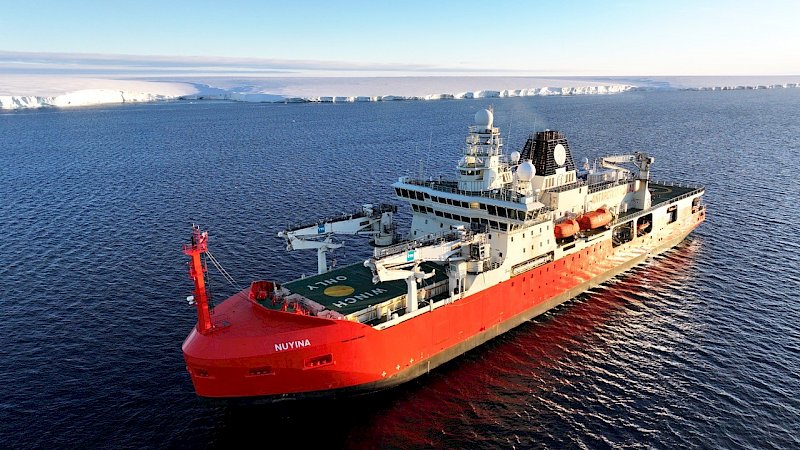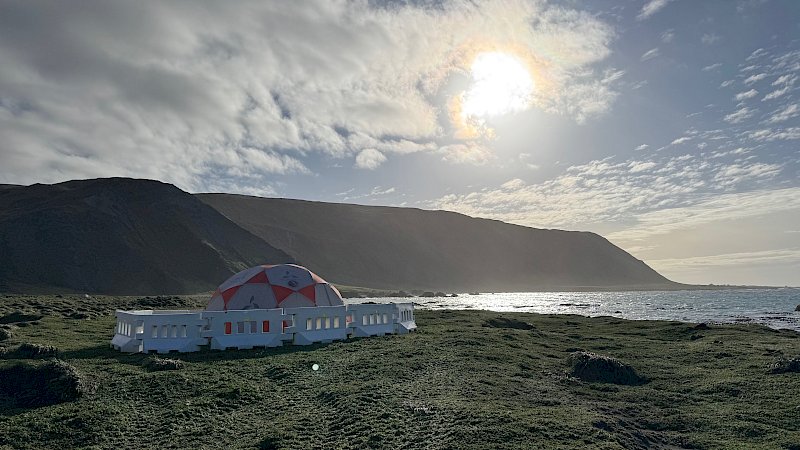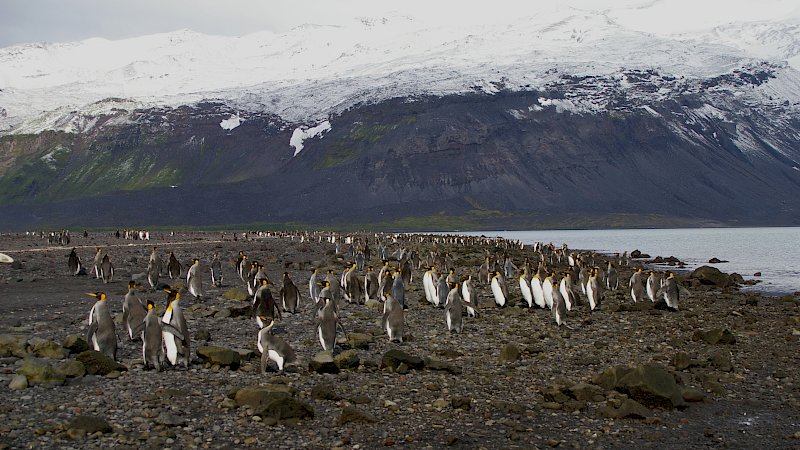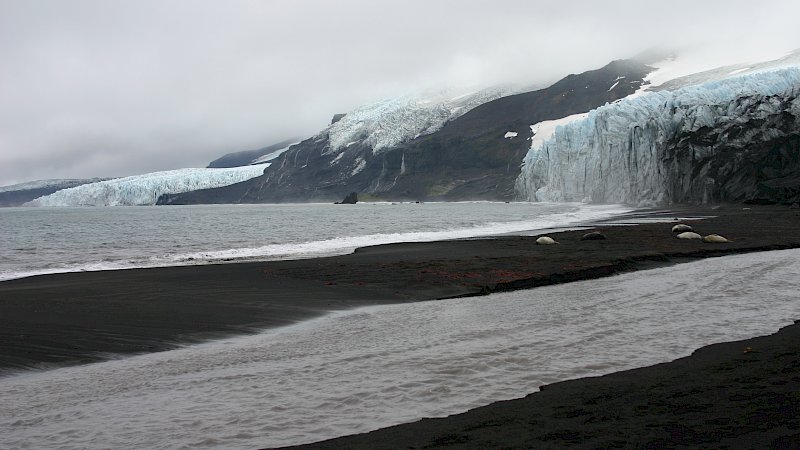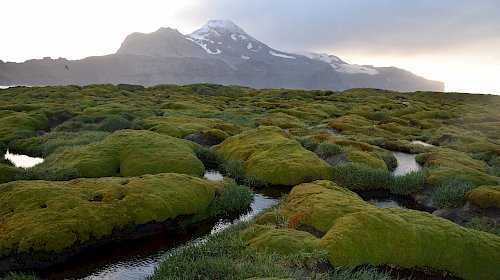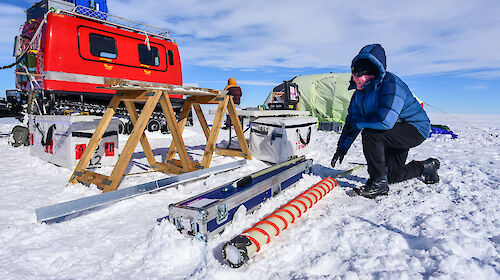The campaign - using Australia's icebreaker, RSV Nuyina - will be the Australian Antarctic Program's first dedicated environmental management visit to Heard Island in more than 20 years, and will check on the state of the islands’ unique flora and fauna.
“HIMI illustrates some of the most undisturbed and dynamic ecosystems in the world,” Protected Areas and Species Director Annette Dunkley said.
“This means natural processes like evolution, volcanic activity and glaciation have been happening with almost no human interaction or disturbance.
“As an external territory of Australia, it is our responsibility to understand and protect this very special area.”
The visit is also an opportunity to conduct critical terrestrial and marine science.
“Some of our priorities include understanding the current status of threatened seabirds and seals and conducting surveys of marine ecosystems to inform fisheries management,” Project Lead Dr Aleks Terauds said.
“We will also be mapping the bathymetry (sea floor) around the islands and conducting climate science to better understand glacial retreat.
“Understanding the current status and trends of the wildlife, ecosystems and environment is essential for managing this unique World Heritage Area and Marine Reserve.”
In January, Australia significantly expanded the marine reserve, placing almost 90 per cent of the exclusive economic zone around HIMI under protection.
Visitation is strictly controlled to limit human impacts and the possible introduction of non-native species.



